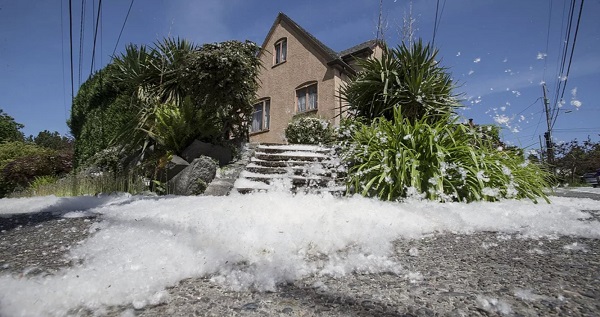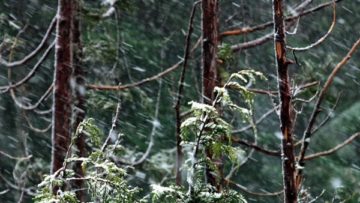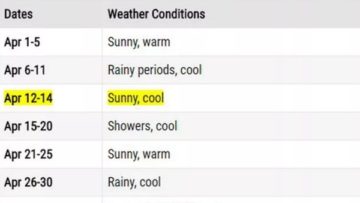Drive I-90 these days, and the breeze is made visible by the puffs of white cottonwood seed aloft, delicate as duck down. It’s actually the signature of a tough survivor.
Cottonwood colonizes some of the roughest territory taken on by any tree, taking root in pure sand or gravel along riverbanks, and thriving on the disturbance manufactured by rivers. The Snoqualmie, the Nisqually, the Stillaguamish, the Skagit; name it, any Puget Sound river has an abiding bond with Populus trichocarpa. Native to western North America, and a coastal species ranging from Alaska to California and as far inland as the Rockies, cottonwood is the constant companion of the flood plains of rivers draining into Puget Sound.
And cottonwoods pump out gazillions of seeds, usually from the last week of May into about the first two weeks of June, a floating trademark of this tree’s survival strategy: Do everything before the other trees out there — and do a lot of it.
Black cottonwood gestates its seeds and gets them flying on the wind to beat the competition, casting its progeny many miles — that’s just the idea, to get as far away as possible from their parents. Cottonwoods need full sun; they can’t live in their own shade.
“To be under the parent is the last damn thing you want to be; you need to get away,” said Reinhard F. Stettler, professor emeritus of forestry at the University of Washington and author of “Cottonwood and the River of Time.” A lifelong student of cottonwood, he’s gotten to know its ways in every season — and the many strategies the tree deploys to survive.
That fluff can travel 20 miles on a breeze, but that is just the beginning of the tree’s lust for propagation. Its tiny seeds will float atop the current of a spring freshet, and, waterborne to a sandy beach, sprout within 24 hours of hitting even the barest cobble. It can even propagate without any seeds at all, sprouting new shoots from a branch broken and carried downriver.
That downy fluff is only one of the tree’s signatures. Come spring, just about anywhere there is fresh water in Puget Sound country, the sweet scent of cottonwood is in the air, the perfume that kicks off the out-of-doors season. The source of the scent is a flavonoid in the sticky sap within the tree’s buds that coats the leaves of cottonwood as they unfurl, protecting them against insects eager to attack the first fresh leaves of the year.
A tree of the riverbank and water’s edge, cottonwood is an opportunist, sending down its root thin as a human hair to strike water in time before summer’s drought. It won’t even bother to build much of a top or full-sized leaves until it has a large enough root structure to suck moisture from deep below the surface of the baking rocky shore.
If you have Cottonwood trees on your property and want them removed call us today for a free written estimate.




Comments are closed.